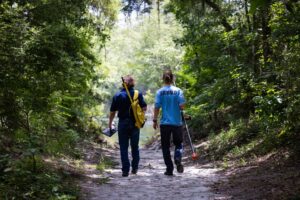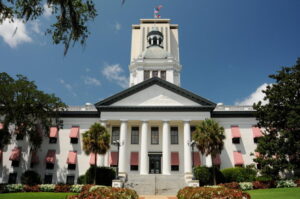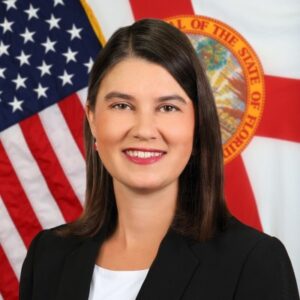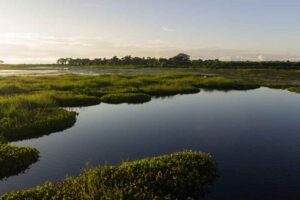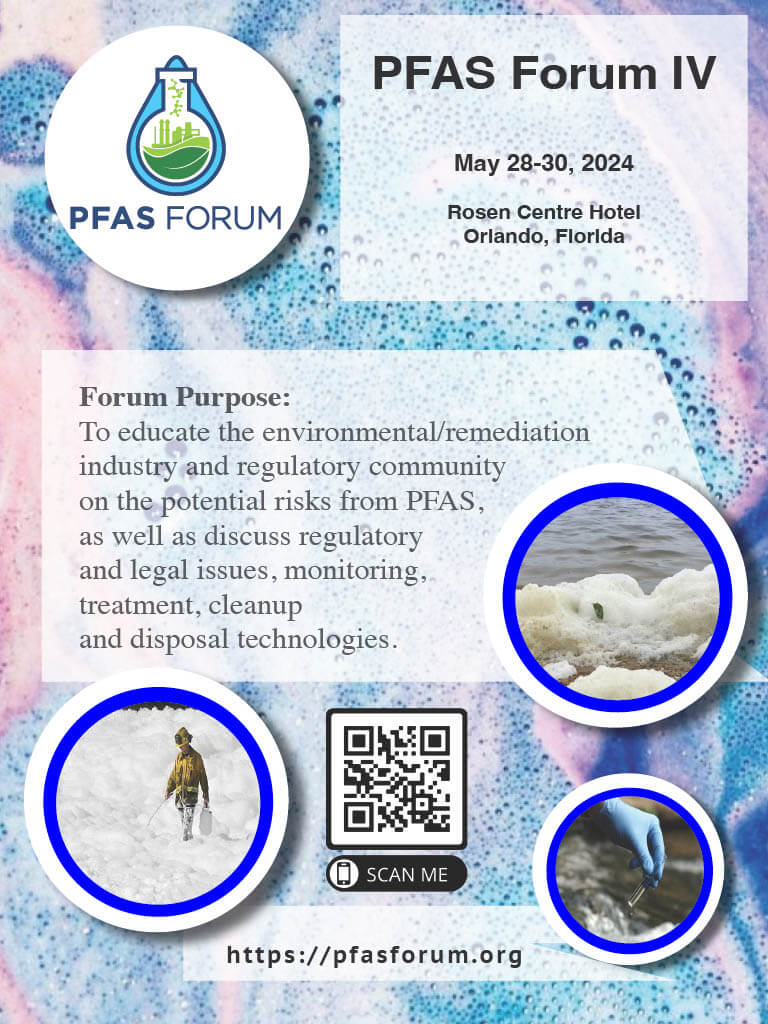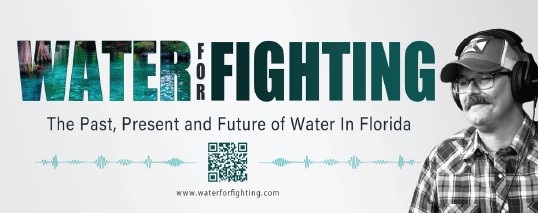By BLANCHE HARDY
Miccosukee Tribal leaders in South Florida have banded together with federal and state environmental leaders to address the Everglades flooding they say is killing wildlife and degrading critical habitat in Water Conservation Area 3A (WCA) of the Central Florida Everglades.
Everglades Flooding
On Oct. 31 the Corps issued a response to a South Florida Water Management District (District) request to open flood control structures to alleviate flooding. The Corps response came in the form of a Draft Environmental Assessment (ESA) and Proposed Finding of No Significant Impact (FONSI) for a 2023 to 2024 planned temporary deviation to lower water levels in WCA 3A. The Corps draft ESA/FONSI temporary deviation is being pursued to address the current water level concerns in WCA-3A and includes consideration of potential El Niño conditions in early 2024.
This issue is not new, but discussions reemerged this fall, as Tribal advocates began applying public pressure in recent months. At a District Governing Board meeting in mid-October, several members of the public made public comments about the issue and encouraged the District to pressure the Corps.
Flooding in the WCAs and the resulting loss of tree island hammocks has been a critical issue for decades. Leaders of the United South and Eastern Tribes, Inc., which represents the Miccosukee Tribe of Indians of Florida (Miccosukee), originally signed a resolution seeking relief from the South Florida Water Management District (District), U.S. Fish and Wildlife Service (FWS) and the Army Corps of Engineers (Corps) to relieve flooding in the WCA in October 2003.
The resolution states the District and Corps pumped water into the WCA as a result of excessive tropical rainfall, a condition that persists. The resolution states, “the tree island hammocks are flooded, the entire area is closed to all public access including the Federal Reservation, and the hunting season for white tailed deer is closed.” later adding, “This is the fourth time since 1994 that this type of flooding has occurred causing the Miccosukee Tribe to feed the white tailed deer on the levees in an attempt to prevent their total disappearance from the Everglades when flooding in 1994-1995 destroyed 85% or more of the white-tailed herd.”
Loss of deer and small fur-bearing animals to flooding exacerbates the growing problem of Everglades predator food chain loss.
Heavy rainfall south of Lake Okeechobee has left the WCAs more than one foot above schedule, making it an unusually wet year. Two drainage structures along the Tamiami Trail– S-343 and S-12 –allow excess water to drain to the southwest into Everglades National Park and the Miccosukee Tribe wants them opened and to remain open.
WCA 3 is predominantly signature Everglades sawgrass marsh interspersed with tree island hammocks. It encompasses state lands under the District’s jurisdiction and the Miccosukee federal reservation and state leased tribal lands under the Tribe’s jurisdiction. The Corps controls the drainage structures that would need to be opened and FWS oversees threatened and endangered species in the Everglades in general, including Everglades National Park where the flood water would be discharged.

The two drainage structures S-343 and S-12 allow water to flow directly into one of the only remaining areas supporting the near-extinct Cape Sable Seaside Sparrow, which is protected by FWS. The drainage structures are closed several months a year to protect the sparrow nesting grounds, although a recent study indicates the sparrow may no longer be present.
Drew Bartlett, District Executive Director, sent a letter on Oct. 13 to Col. James Booth of the Corps stating the, “Board instructed staff to request a letter agreement from the U.S. Army Corps of Engineers, Jacksonville District, regarding the opening of the water control structures along Tamiami Trail to relieve environmentally damaging high-water conditions in the Central Everglades.” The letter added, “It is widely understood that the closure of these structures is rooted in a Biological Opinion from the U.S. Fish and Wildlife Service (Service) regarding the Cape Sable seaside sparrow in Subpopulation A. It is also known that the Service has since communicated that Subpopulation A is currently, and unfortunately, extirpated. Given these set of conditions, the District respectfully requests a response by Friday, October 20, 2023, confirming that the Corps and the Service do not oppose the District reopening the S-343A and S-343B structures.”
Amid this negotiation, the District and Corps have been actively engaged in the Central and Southern Florida (C&SF) System Section 216 Flood Resiliency Study, having recently completed public outreach to develop review criteria to evaluate proposed alternatives to solve the flooding problems in the Everglades.
Consequently, the Corps response on its website noted “We are actively working with our partners to rapidly execute a planned deviation to the Combined Operational Plan (COP) to open the S343 gates now and keep the S12 gates open until we get the Water Conservation Area 3A back within regulation schedule, as well as separately pursuing a permanent change to the COP.”
In addition, the Corps stated, “Additional infrastructure being built within the authorized Central Everglades Planning Project (CEPP) will further help reduce the occurrence of harmful high-water levels within the Central Everglades in the future.” ●


